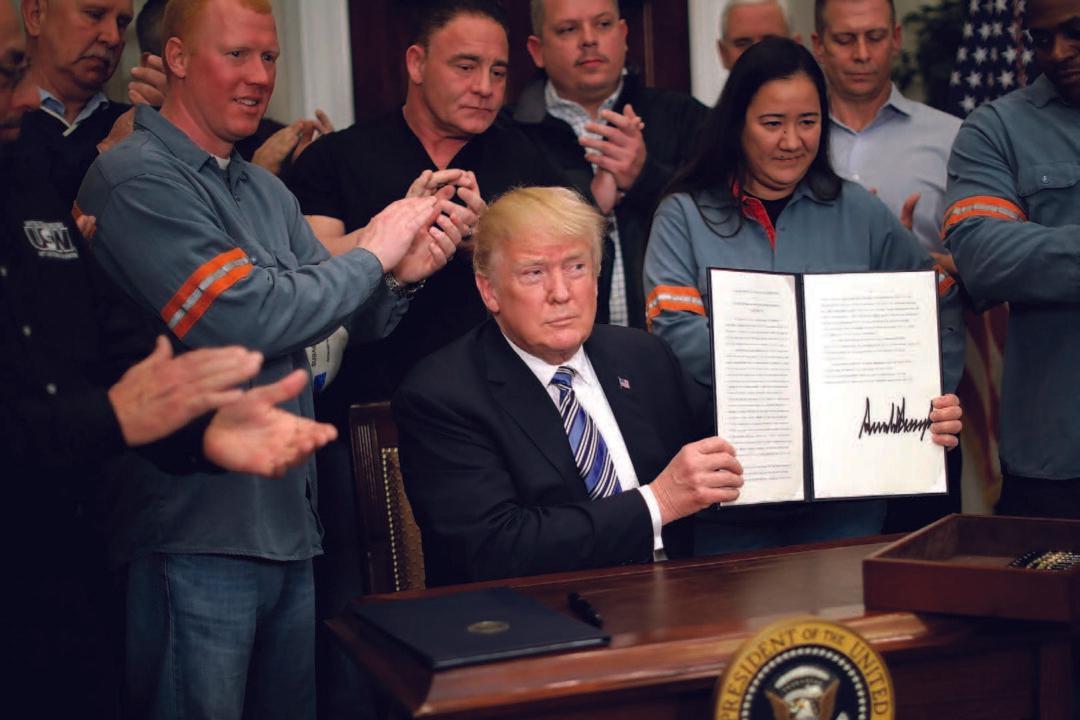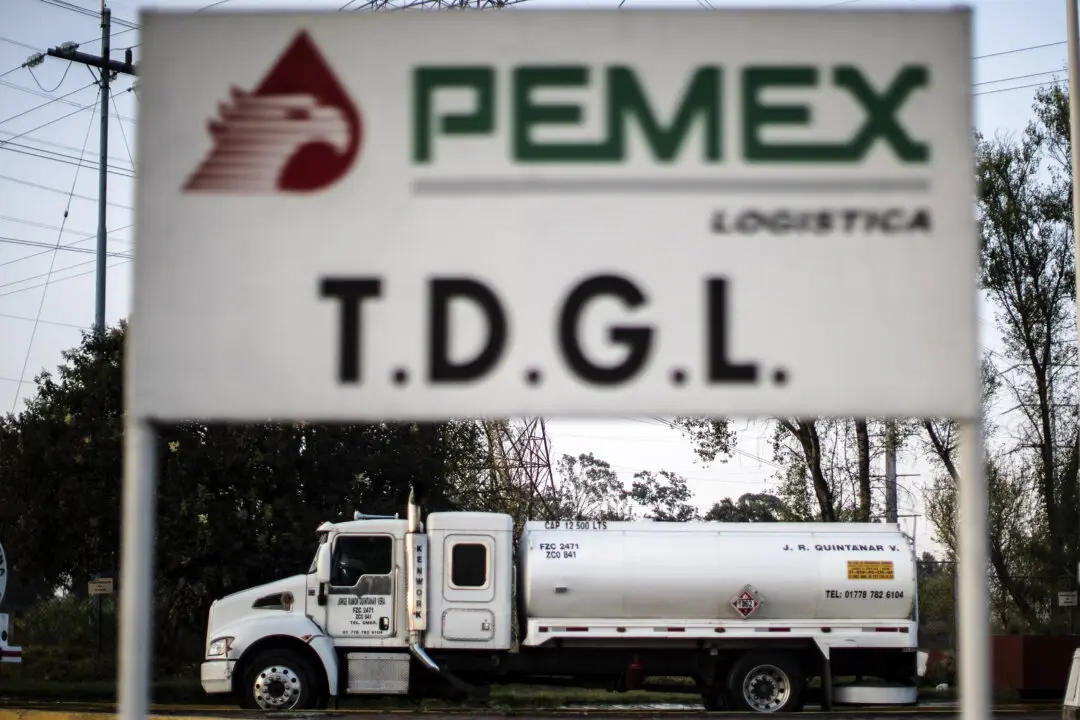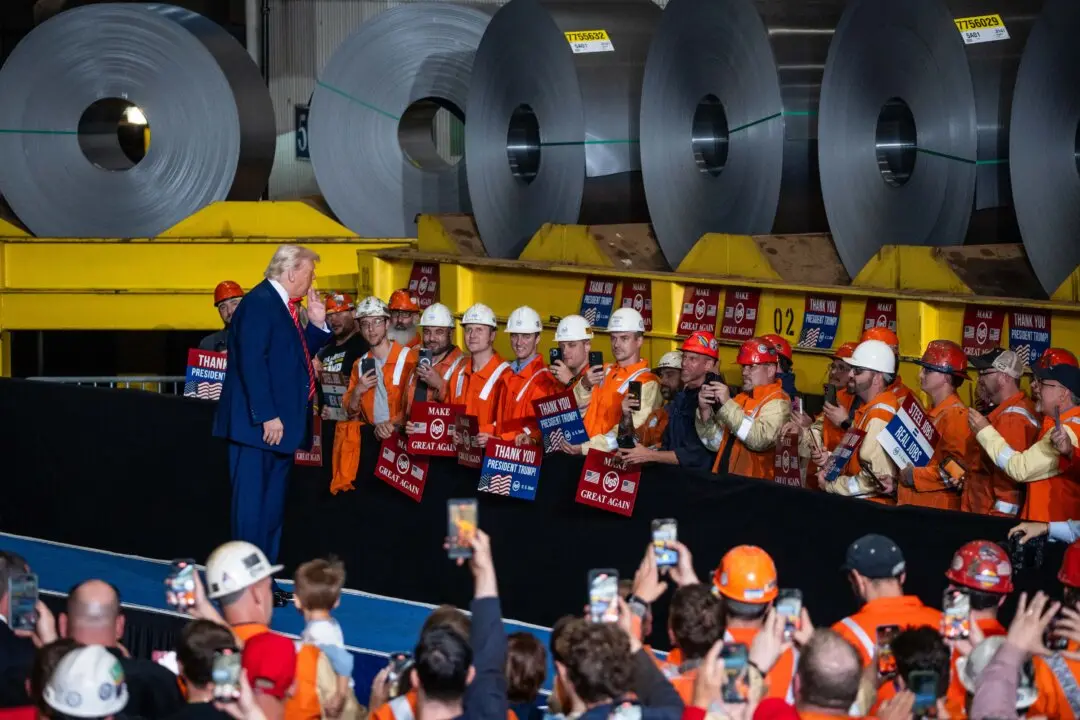U.S. Steel employees will receive a record second-quarter amount in profit-sharing as the company reported a strong performance for the period.
According to the company’s contract with the United Steelworkers union, steelworkers will receive $30.72 per qualifying hour in profit-sharing bonuses. That translates to bonus checks exceeding $14,000 for the three-month period ended June 30, U.S. Steel spokesperson Amanda Malkowski said, according to The Times of Northwest Indiana.





